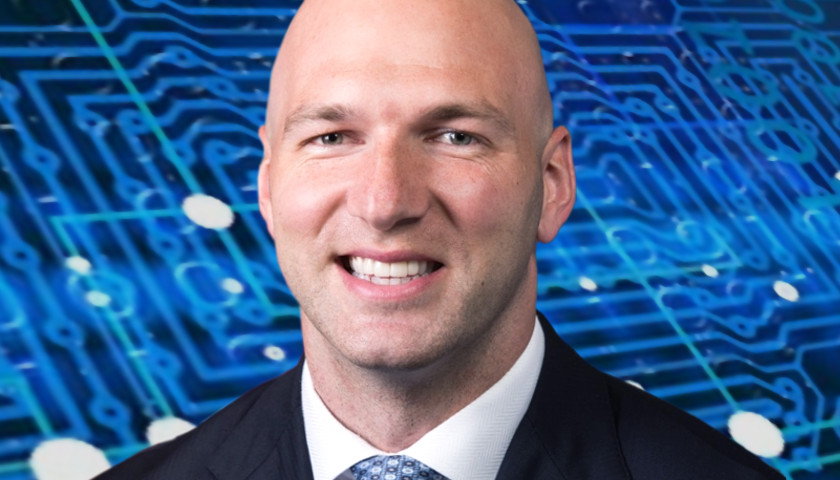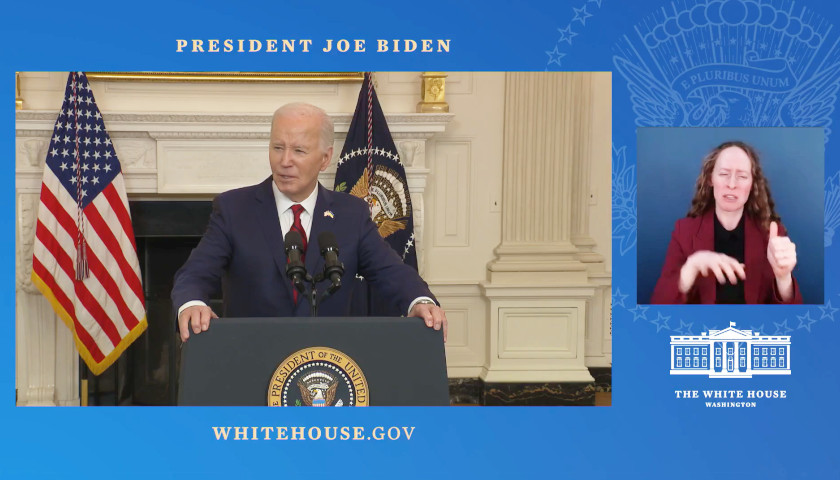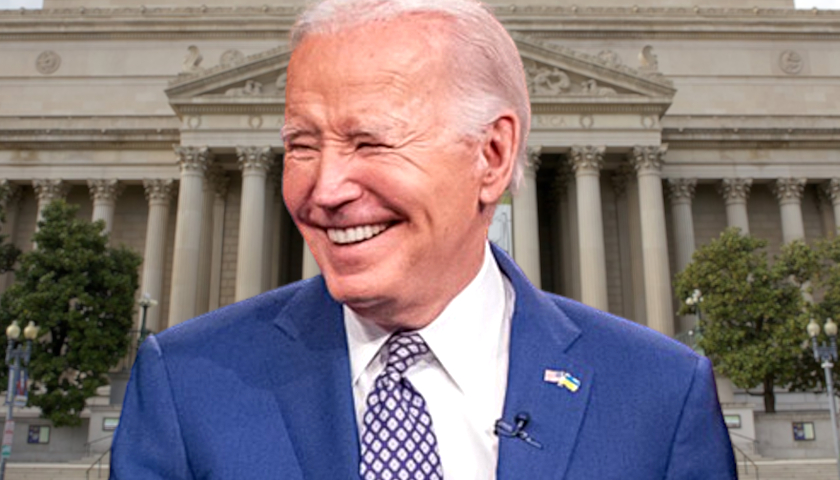U.S. Congressman Anthony Gonzalez’s (R-OH-16) bill to combat manipulated media content known as “deepfakes” passed the U.S. House of Representatives on Monday with unanimous support.
Daniel Van Boon on CNET has this to say about deepfakes:
Deepfakes are fake videos created or altered with AI software that show a person saying and doing things they never said or did. Well-made deepfakes are incredible technically; the line between a good deepfake and real life is essentially indistinguishable. That also makes then approximately the scariest thing ever.
CNET cited as an example a post by a YouTube user called “Ctrl Shift Face,” who in the summer edited a video of actor Bill Hader, making his face shift into Tom Cruise’s face, and later into Seth Rogen’s face.
Deepfakes may be very hard to distinguish as fake, The Ohio Star reported.
CNBC quoted John Villasenor at the Brookings Institution, who said anyone with a computer and internet access can create deepfakes. Villasenor also is a a professor of electrical engineering at the University of California, Los Angeles
To counter this high-tech threat, H.R. 4355 supports critical research to accelerate the development of technology to identify deepfakes that could erode public discord, scam the American public and endanger national security, Gonzalez said in a press release. The bill is also known as the Identifying Outputs of Generative Adversarial Networks Act (IOGAN Act).
“Recent technological advances have reshaped the world we live in, but with that come new threats to our national security that must be addressed,” said Gonzalez. “It is critical that we learn to identify and combat deepfake technology now to stop scammers and foreign entities who would seek to do harm to the American public.”
Deepfake technology has developed rapidly over the past several years with no clear method of identifying and stopping it from becoming a major national security threat, Gonzalez said.
The IOGAN Act directs the National Science Foundation (NSF) and the National Institute of Standards and Technology (NIST) to support research to accelerate the development of technologies that could help improve the detection of such content. The ability to identify and label this content is critical to preventing foreign actors from using manipulated images and videos to shift U.S. public opinion, Gonzalez said.
– – –
Jason M. Reynolds has more than 20 years’ experience as a journalist at outlets of all sizes.





